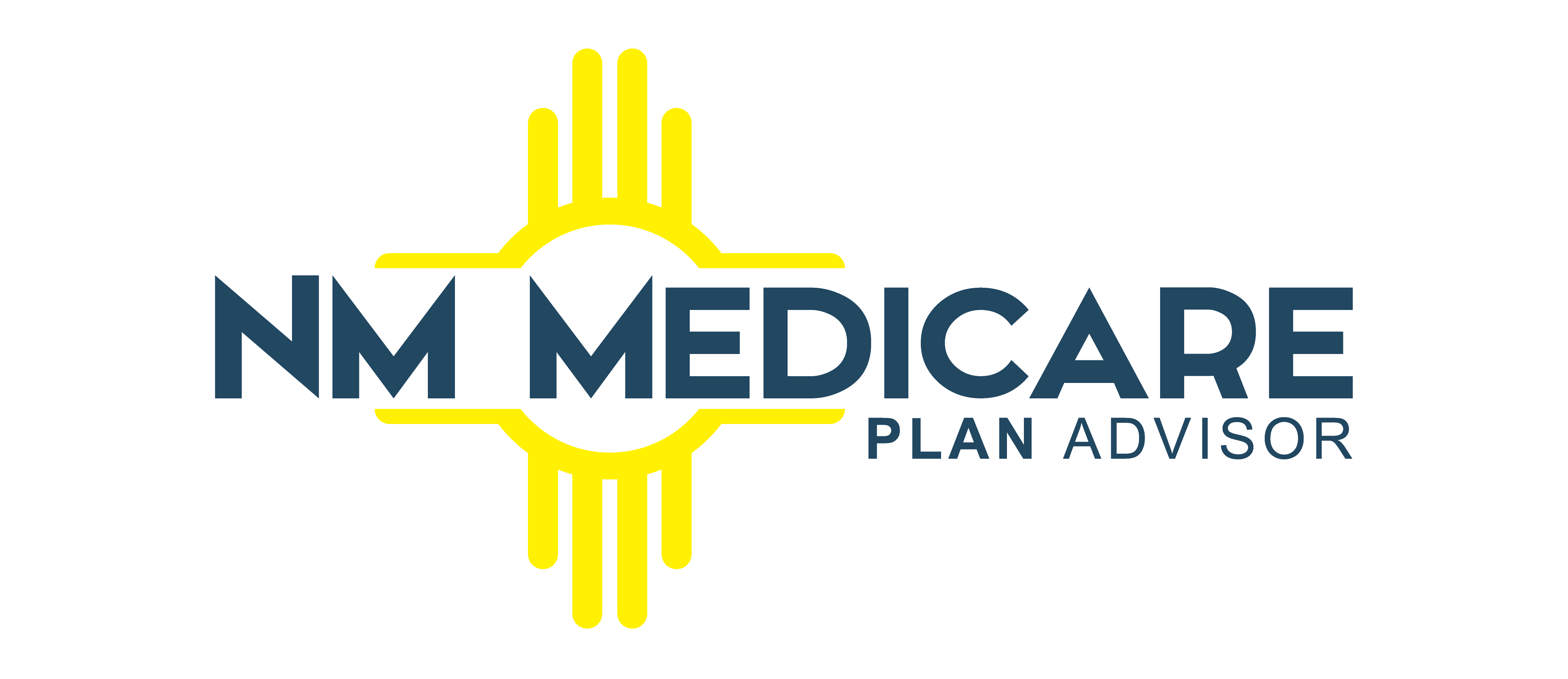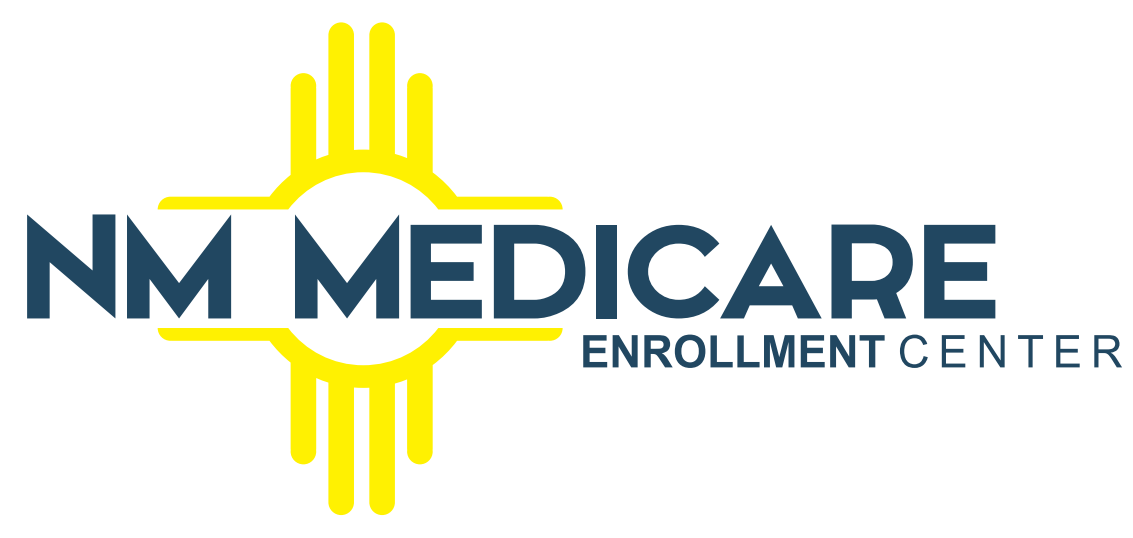Medicare Part D is a crucial component of the United States healthcare system, providing prescription drug coverage for Medicare beneficiaries. Enacted in 2006 under the Medicare Prescription Drug, Improvement, and Modernization Act, Part D was introduced to help older adults and people with disabilities access essential medications at an affordable cost. This article aims to delve into the intricacies of Medicare Part D, including its coverage, eligibility criteria, and premium costs, enabling individuals to make informed decisions about their healthcare needs.
I. What is Medicare Part D?
Medicare Part D is a voluntary program offering prescription drug coverage for individuals who are eligible for Medicare. It functions as a standalone prescription drug plan (PDP) or as a part of Medicare Advantage plans (Medicare Part C) that combine medical and drug coverage. Unlike original Medicare (Part A and Part B), which does not include prescription drugs, Part D fills this critical gap, providing beneficiaries with access to a wide range of prescription medications.
II. Medicare Part D Coverage
Medicare Part D plans are designed to cover various prescription drugs approved by the Food and Drug Administration (FDA). The formulary, a list of covered drugs, is determined by each plan, and it may differ from one plan to another. Beneficiaries should carefully review the formulary of different Part D plans to ensure their specific medications are covered.
Furthermore, the coverage provided by Medicare Part D is divided into four stages, each with its cost-sharing requirements:
Deductible Stage: At the beginning of each coverage year, beneficiaries may enter the deductible stage. During this period, they are responsible for paying the full cost of their prescription drugs until they reach their plan’s deductible amount. Not all Part D plans have deductibles, but if they do, the maximum deductible amount is subject to change each year.
Initial Coverage Stage: Once the deductible stage is surpassed, beneficiaries move into the initial coverage stage. Here, they pay a copayment or coinsurance for each prescription drug until the total drug costs reach a specific limit set by Medicare and the insurance company. After this limit is reached, beneficiaries enter the coverage gap, also known as the “donut hole.”
Coverage Gap (Donut Hole): In the coverage gap stage, beneficiaries have to bear a higher percentage of their drug costs. Traditionally, they paid a higher percentage for brand-name and generic drugs until 2020. However, thanks to the Affordable Care Act (ACA), the coverage gap has been gradually closing. Generic and brand-name drugs are now available at more affordable prices, reducing the burden on beneficiaries.
Catastrophic Coverage Stage: Once the out-of-pocket costs for prescription drugs in the coverage gap stage reach a certain limit, beneficiaries enter the catastrophic coverage stage. During this stage, their cost-sharing decreases significantly, making it more manageable to access essential medications.
III. Medicare Part D Eligibility
Eligibility for Medicare Part D is closely tied to eligibility for Medicare in general. To enroll in a Part D plan, individuals must be eligible for either Medicare Part A or Part B. Here is a quick summary of the prerequisites:
Medicare Part A Eligibility: To be eligible for Medicare Part A, individuals must meet the following criteria:
- They are 65 years or older and eligible for Social Security or Railroad Retirement benefits.
- They are under 65 but have been entitled to Social Security disability benefits for at least 24 months.
- They have Lou Gehrig’s disease (ALS, also known as amyotrophic lateral sclerosis) or end-stage renal disease (ESRD).
- Medicare Part B Eligibility: Eligibility for Medicare Part B requires that individuals meet the following criteria:
- They are 65 years or older and eligible for Social Security or Railroad Retirement benefits.
- They are under 65 but have been entitled to Social Security disability benefits for at least 24 months.
- They have either amyotrophic lateral sclerosis (ALS) or end-stage renal disease (ESRD).
Once eligible for Medicare Part A or Part B, individuals can enroll in a Medicare Part D plan during their Initial Enrollment Period (IEP). The IEP begins three months before the month of eligibility and extends for seven months.
IV. Medicare Part D Premium
Medicare Part D plans typically come with a monthly premium that beneficiaries must pay to maintain coverage. The premium amount can vary depending on several factors, such as the specific plan chosen, the insurance provider, the region in which the beneficiary resides, and the level of coverage offered.
It is essential for beneficiaries to compare the premiums of various Part D plans to find one that best suits their healthcare needs and budget. Some plans may offer more extensive coverage but charge higher premiums, while others might have lower premiums but with less comprehensive coverage.
Moreover, beneficiaries with limited income and resources may qualify for Extra Help, a program that assists with Part D premiums and other prescription drug costs. Extra Help provides substantial financial assistance, making it easier for individuals with lower incomes to afford the coverage they need.

Conclusion
Medicare Part D plays a vital role in ensuring that Medicare beneficiaries have access to the prescription medications they require to manage their health conditions effectively. Understanding the coverage, eligibility, and premium costs of Part D plans is crucial for making informed decisions about healthcare.
As the landscape of healthcare continues to evolve, beneficiaries should review their Part D plan annually and compare available options to ensure they are getting the best coverage at an affordable price. By taking advantage of the benefits provided by Medicare Part D, individuals can secure peace of mind knowing that their prescription drug needs are taken care of, allowing them to focus on leading healthier and more fulfilling lives.
Are you ready to explore your options and find a Medicare Part D plan that suits your unique healthcare needs? Look no further! Contact the NM Medicare Enrollment Center today, and let our team of experienced advisors guide you through the process.
At NM Medicare Enrollment Center, we understand that navigating the complexities of Medicare can be overwhelming. That’s why we are here to provide personalized assistance and help you find the perfect Part D plan that aligns with your specific requirements and budget.
Our knowledgeable advisors will take the time to understand your medical history, prescription drug needs, and preferences, ensuring that you get the coverage you deserve. Whether you’re a new Medicare beneficiary or looking to switch plans during the Open Enrollment Period, we’ve got you covered.
Don’t miss out on essential prescription drug coverage – take charge of your healthcare today! Call the NM Medicare Enrollment Center to schedule a free consultation.
Let us simplify the Medicare Part D enrollment process for you. Together, we can find a plan that provides peace of mind, knowing that your health and well-being are well taken care of. Contact us now, and let’s embark on this journey toward a healthier future!



